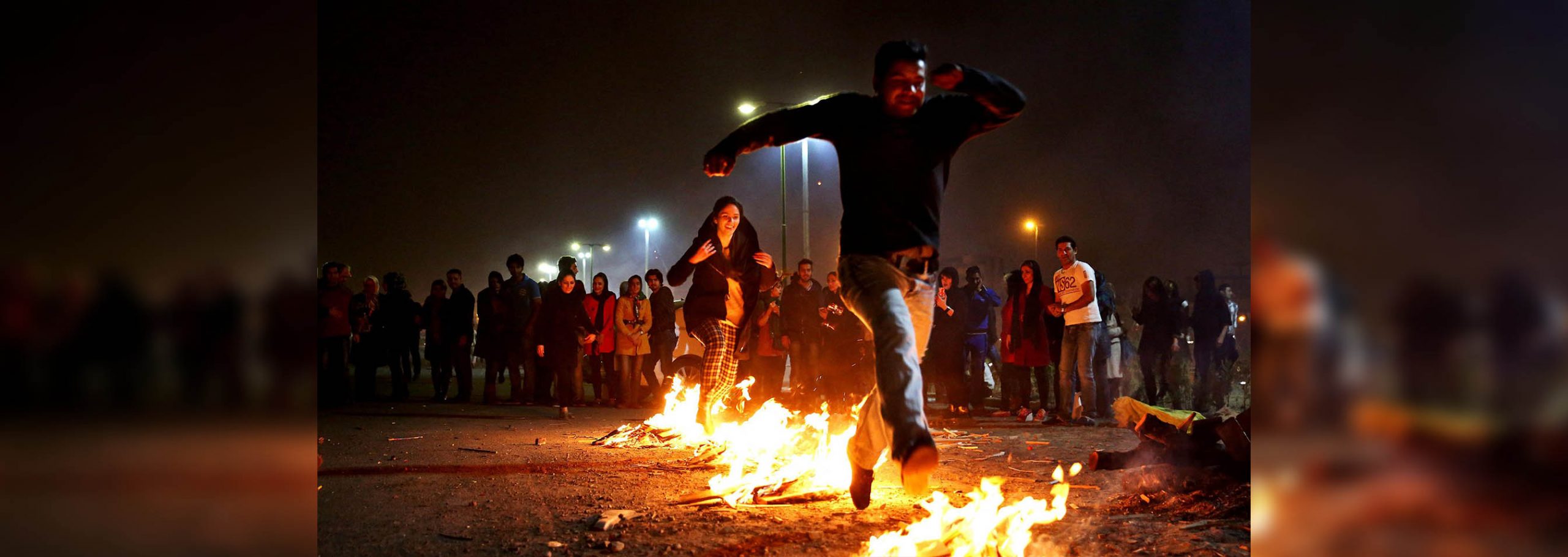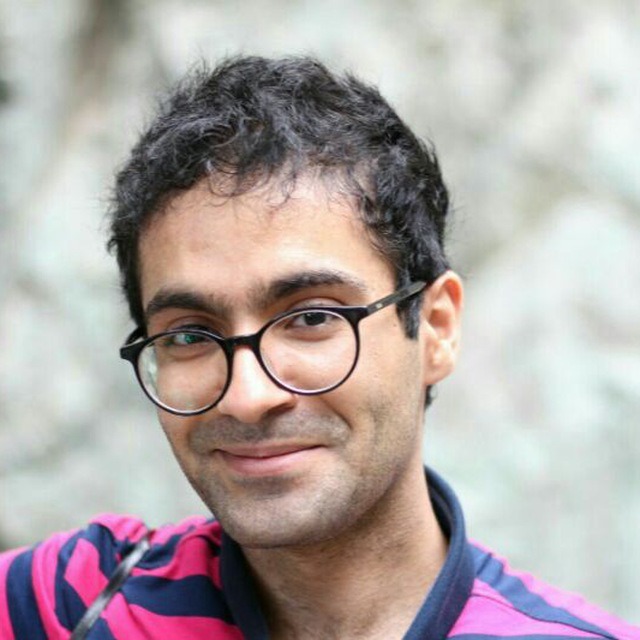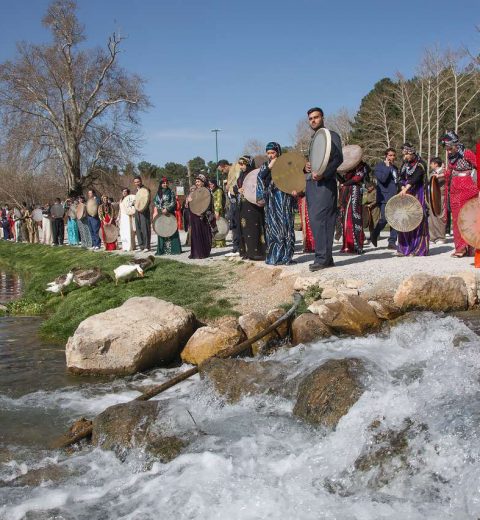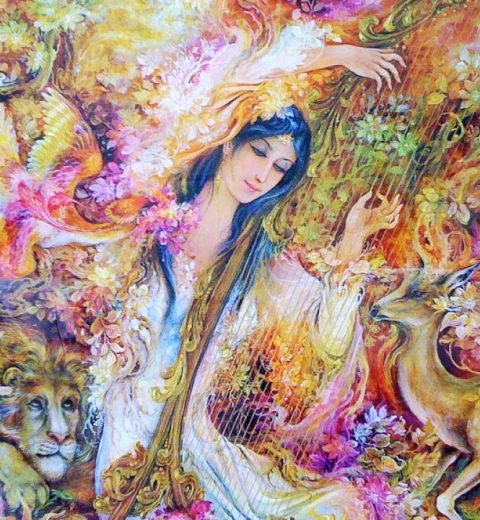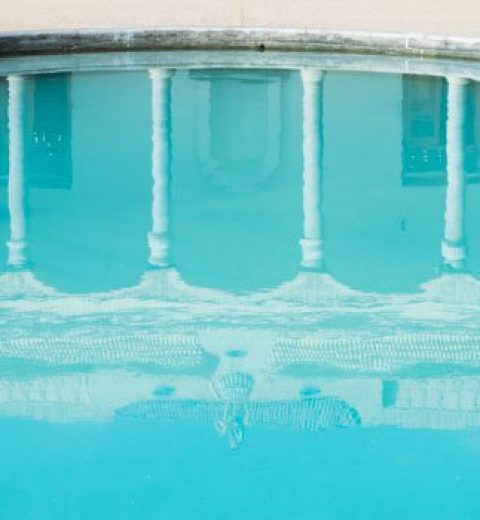Chaharshanbe Suri is one of the oldest Iranian rituals, which is being held on the evening of the last Tuesday of the Iranian solar year and before the arrival of Nowruz, which is still being celebrated by Iranians and it contains a number of traditions like making big fire, jumping on fire, family and friendly gatherings and also eating special foods like nuts and doing “Ghashoghzani” tradition. It is possible that, unfortunately, a large part of these customs have been forgotten.
Chaharshanbe Suri is one of the most passionate pre-Nowruz rituals in all of Iran, the most important symbol of it is fire, one of the four elements considered to be holy (or in Persian Varjavand) and its name is derived from the flames of fire; Today, however, the use of incendiary and explosive materials has misled the celebration, which has also resulted in physical injuries and even death. Today, this celebration does not depend on any religious or ethnic thought, and Muslims to Zoroastrians, Christians, etc., participate in this celebration and pass it on from one generation to another. This ceremony is celebrated in other countries such as the Republic of Azerbaijan, Afghanistan, Turkey as well as by Iranians living abroad. To continue we will talk more about this ceremony.
What is the root of Chaharshanbe Suri?
A lot of assumptions have been quoted about the name of Chaharshanbe Suri. But what brings it closer to the truth of the matter is that scholars consider the word “Sur” to mean “celebration” and the Pahlavi word “Surik” meaning “red”, which is a sign of redness of fire or redness and health. Perhaps the proof of this claim can be seen in the pronunciation of “Charshambeh-Sorkhi” in Isfahan.
However, this ritual has different letters in different parts of Iran, such as Gol Gole Chaharshanbeh (Gilan), Chavarshmeh Koleh (Kurdistan), Charshambeh-Sorkhi (Isfahan), Koleh Chaharshanbeh (Qazvin), etc. It is also interesting to know that having a common denominator between them, each region celebrates Chaharshanbe Suri with its own customs.
Time and duration of the ritual
Chaharshanbe Suri, contrary to its name, begins at sunset on the last Tuesday of Esfand each year and continues until late at night. So, the time varies depending on where we are in the solar year cycle. Iranians eagerly await for the last feast of the year, mark the night before the last Wednesday of the year in the calendar, and dance and sit together until late in the evening.
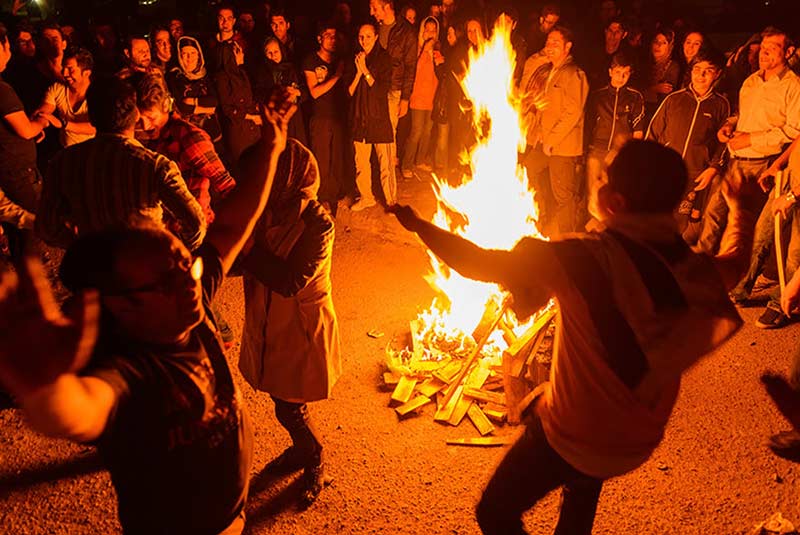
History of Chaharshanbe Suri
There are various narrations about the Chaharshanbe Suri and its origin. Since before Islam, the days of the moon were called by one name, and also Iranians did not have a week and a day like Wednesday and also jumping over the fire and disrespecting it is not compatible with Zoroastrianism, some have the opinion that Chaharshanbe Suri cannot be He considered as a celebration taken from pre-Islamic times.
Regarding the connection between Chaharshanbe Suri and Zoroastrianism, we can cite the words of Katayoun Mazdapour, a Zoroastrian scholar and author of Zoroastrian works, who said:
Iranian celebrations and rituals have belonged to all Iranians. Many of them date back to before the Aryan migration to this land, and many of them were never Zoroastrians, such as Chaharshanbe Soori.
In any case, the oldest source that mentions Chaharshanbe Suri is the book “History of Bukhara” by Abu Bakr Muhammad ibn Ja’far Narshkhi, which says:
When Amir Mansour ibn Nuh ascended to the throne, in the month of Shawwal in the year 350, he told Joey Mulian to rebuild the palace and achieve whatever was better and more wasted. Then Amir sat in the palace and it was not yet the end of the year that they lit a huge fire because the Suri night is as it is an “old custom”.
It turns out that in ancient sources, especially before Islam, there is no reference to the Chaharshanbe Suri tradition, and as a result, it is said that after Islam, this celebration became popular in Iran. One of the reasons for this is that it is held on the last Wednesday night of the year; In fact, according to the lunar calendar, Wednesday begins on Tuesday evening.
In addition, the Arabs considered Wednesday an unlucky day and did not choose that day for weddings, travel, and so on.
Thus, it can be concluded that after the advent of Islam, the Iranians held a celebration on that day to remove the evil of the last Wednesday of the year. With all this knowledge, it is still not possible to say for sure about the roots of this ritual, and since the initial form of Chaharshanbe Suri is still held in the form of lighting fires on roofs in some parts of Iran, such as South Khorasan, it can be assumed that this celebration in Iran It has ancient roots.
There are also indications that this ceremony has a very ancient history and dates back to even before the rise of Zoroastrianism in Iran. In fact, as mentioned, there was no week in ancient Iran, and the time of holding Chaharshanbe Suri was between the last 10 days of the year; Until apparently this festival is established in the early Islamic centuries on the last Wednesday of the year and it is used to remove misfortune and misuse.
Fireworks on the roofs of houses are the last rituals of the end-of-year or occasional paw rituals, according to which people called fire holders went to towns and villages a few days before Nowruz to be the messengers of this Ahura celebration. These men and women artists performed street plays, hymns, songs, etc. for the happiness and entertainment of the people.
In addition, from seven days before the New Year until the fourteenth day of Nowruz, at the same time with the darkness of the weather, they started lighting fires in different parts of the city and the village. This fire was a symbol of light, friendship, and love, and the purpose of this fire was to return the power of goodness to the people so that they could overcome sorrow and depression.
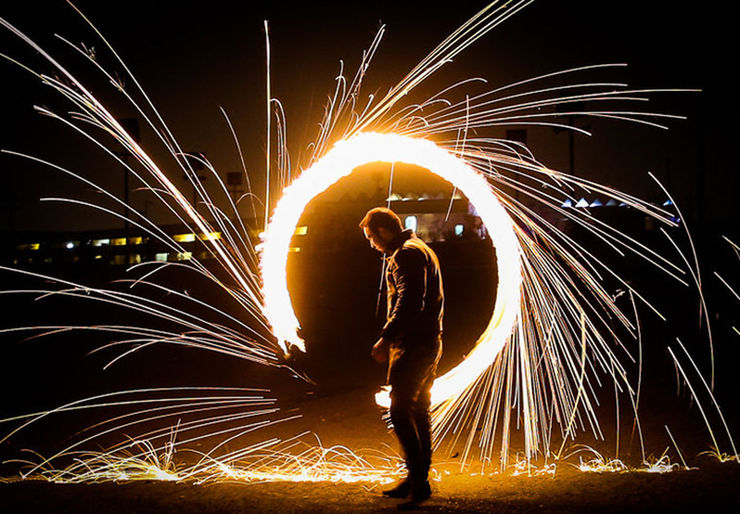
Philosophy of Chaharshanbe Suri
Chaharshanbe Suri is a beautiful prelude to celebrating the larger Nowruz ritual, and people are celebrating spring by holding it. The most important part of this ancient ritual is lighting a big fire and jumping on it, which, of course, is performed in the same way in the Kurdish Nowruz ritual, and the view is that by jumping over the fire, they set fire to diseases, problems, and sorrows. Receive redness, strength, and warmth from the fire as a gift. Smoking “Espand”, broom burning, glass burning, burning old furniture, pouring fire ashes out of the house, and even breaking the jar have all been measures to ward off misfortune and remove eyesores.
One of the philosophies of holding this celebration and lighting a fire has been escaping from the cold and seeking heat; The Aryans, on the other hand, saw fire as a purifier and a means of purification. Iranians also believed that for the last five days of the year until five days after the New Year, Forouhar, the deceased, would come to Earth to visit their families and inform them of their condition. It is said that this is basically the reason why the Chaharshanbe Suri ceremony was formed. On the first night of the last five nights of the year, people lit fires in the backyards to guide the Forouhars to their homes in addition to doing sacred work. The story did not end there, and the people, by moving house and wearing new clothes, prepared themselves for the New Year and to get away from enmities and turmoil, thus making the Forouhars happy.

